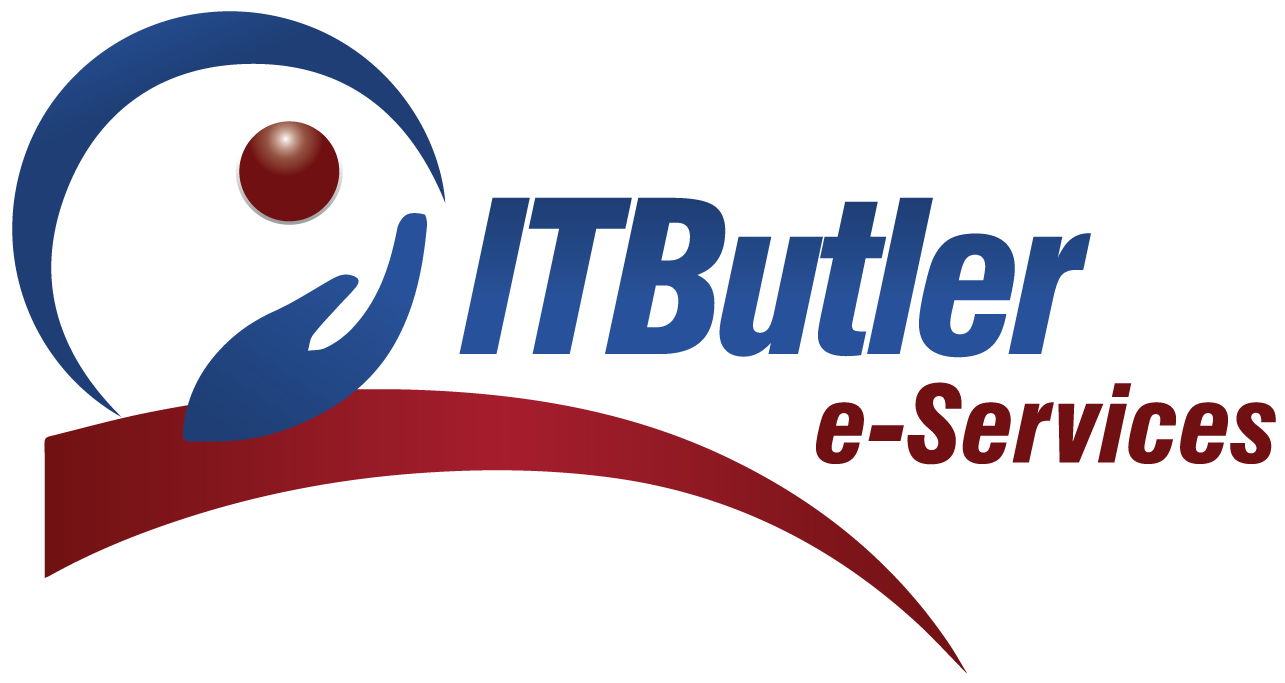In the dynamic realm of cybersecurity, the pursuit of excellence is an ongoing journey rather than a destination. This exploration delves into the significance of continuous improvement in cybersecurity practices, elucidating the principles, strategies, and transformative impact of fostering a culture of perpetual enhancement.
Embracing the Essence of Continuous Improvement
Iterative Risk Management
- Continuous improvement centers on iterative risk management. Organizations regularly reassess their risk landscape, identifying emerging threats and vulnerabilities. This iterative approach allows for proactive adjustments to security measures, ensuring alignment with evolving risks.
Agile Adaptation to Threat Landscapes
- Cyber threats are dynamic and ever-changing. Continuous improvement enables organizations to adapt agilely to evolving threat landscapes. This adaptability ensures that cybersecurity measures remain robust, relevant, and effective against the latest cyber threats.
Feedback-Driven Enhancement
- Feedback mechanisms play a crucial role in continuous improvement. Regular assessments, incident reviews, and employee feedback contribute to a feedback loop that drives enhancements. This iterative process is instrumental in refining security protocols based on real-world experiences.
Incident Response Refinement
- Continuous improvement extends to incident response capabilities. Post-incident analyses and simulations contribute to refining incident response plans. This iterative refinement ensures that the organization is better prepared to handle and mitigate security incidents in the future.
Strategies for Infusing Continuous Improvement into Cybersecurity Practices
Regular Security Audits
- Conducting regular security audits is a cornerstone of continuous improvement. These audits provide a comprehensive overview of existing security measures, uncovering areas for enhancement. By addressing audit findings, organizations fortify their cybersecurity posture.
Benchmarking Against Industry Standards
- Benchmarking against industry standards is a strategic practice. By comparing cybersecurity measures to established standards, organizations identify gaps and areas for improvement. This benchmarking process ensures that security practices align with industry best practices.
Employee Training and Awareness Programs
- Continuous improvement includes the ongoing education of employees. Regular training and awareness programs keep employees informed about the latest cyber threats and best practices. This educated workforce becomes an active part of the organization’s continuous improvement efforts.
Technology Integration and Upgrades
- Technological advancements present opportunities for improvement. Integrating cutting-edge technologies and regularly updating existing systems enhance cybersecurity capabilities. This proactive approach ensures that the organization leverages the latest tools to safeguard its digital assets.
Transformative Impact of a Culture of Continuous Improvement
Proactive Risk Mitigation
- A culture of continuous improvement positions organizations as proactive risk mitigators. By staying ahead of emerging threats and vulnerabilities, organizations can address potential risks before they escalate, fostering a more resilient cybersecurity posture.
Adaptive Security Posture
- Continuous improvement cultivates an adaptive security posture. The organization becomes adept at adjusting its security measures in response to changes in the threat landscape, regulatory environment, or internal operational dynamics. This adaptability enhances overall cybersecurity resilience.
Efficient Resource Utilization
- Resource utilization becomes more efficient through continuous improvement. By focusing efforts on areas that yield the most significant security enhancements, organizations optimize their investments in cybersecurity measures, achieving a higher return on investment.
Cultivation of a Security-First Culture
- A culture of continuous improvement fosters a security-first mindset. Every member of the organization becomes an active participant in enhancing cybersecurity measures. This collective commitment contributes to a robust security culture that permeates all aspects of operations.
Conclusion: Nurturing Cybersecurity Excellence Through Iterative Advancement
In conclusion, the journey toward cybersecurity excellence is a continuous one, marked by iterative advancements and perpetual vigilance. By embracing continuous improvement as a core tenet of cybersecurity practices, organizations position themselves to navigate the complexities of the digital landscape with resilience and efficacy. Cultivate a culture of ongoing enhancement, and cybersecurity will evolve from a static defense to a dynamic and adaptive stronghold against emerging threats.






